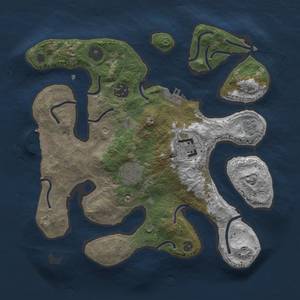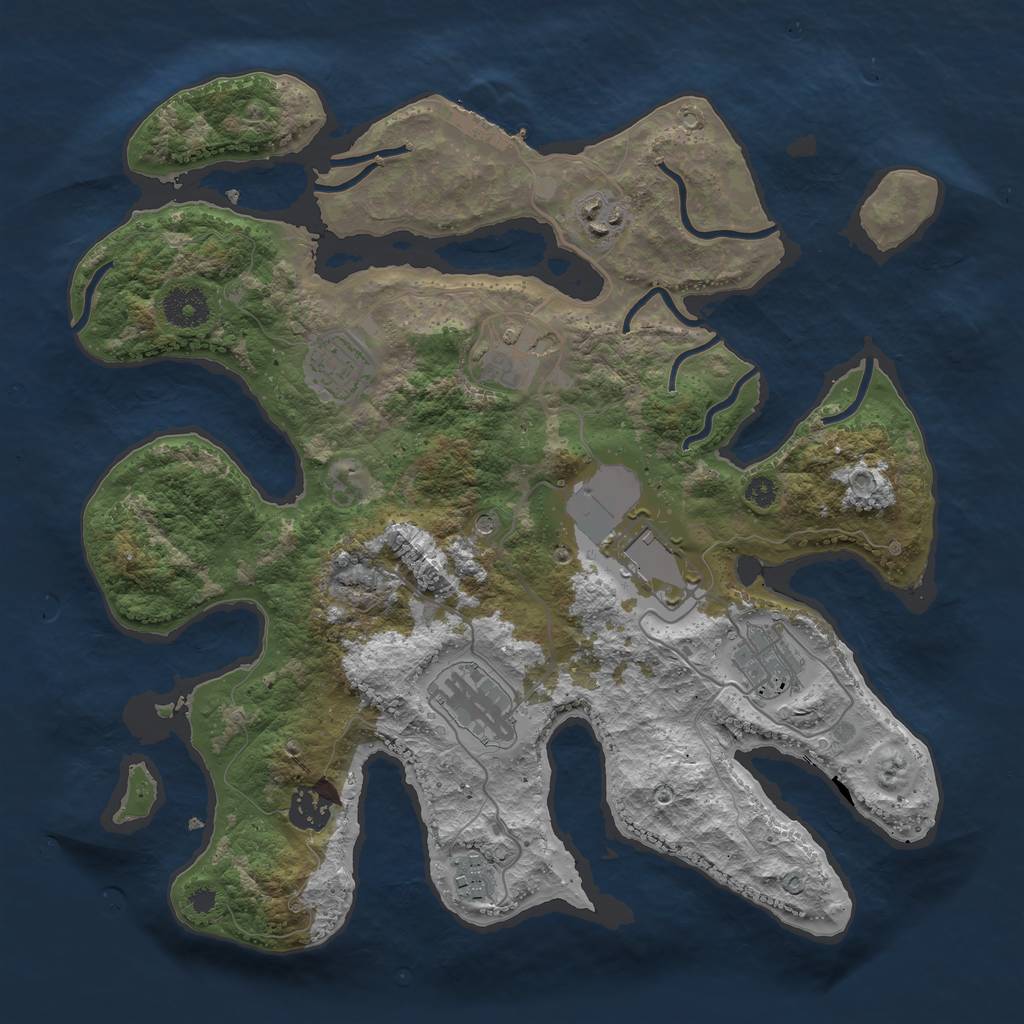


This review article presents the greatest challenges in modern triticale breeding. These data suggest that using both necrotic leaf area (PLACN) bearing pycnidia and PYCdens can improve selection for quantitative STB resistance. The PLACP was found as the more reliable trait to discriminate genotypes to different classes of resistance, consistent with the results obtained for the remaining traits. Similarly, there was a significant negative correlation between LP and these last traits. The results showed that there were significant differences in all assessed traits on the tested genotypes and significant positive correlations were obtained between PLACN, PLACP and PYCdens. tritici isolate, including percentage of leaf area covered by chlorotic lesions (PLACCL), percentage of leaf area covered by necrosis (PLACN), and percentage of leaf area covered by pycnidia (PLACP) as well as latent period (LP) and pycnidia density (PYCdens) were assessed visually and quantified. A collection of 11 Tunisian durum wheat genotypes varying in resistance to the pathogen was inoculated by a highly aggressive and virulent isolate of Zymoseptoria tritici in a replicated field and controlled experiments, conducted in 2017-2018 at the experimental station of the Regional Field Crops Research Center of Beja in Tunisia. Here we tested main phenotypic markers of aggressiveness affecting host damage and pathogen reproduction reported in earlier studies for measuring differences in quantitative host resistance. Phenotyping for quantitative resistance to Septoria tritici blotch (STB), one of the most economically devastating diseases of durum wheat (Triticum durum Desf.) in North African region, is a limiting factor for breeding progress.


 0 kommentar(er)
0 kommentar(er)
